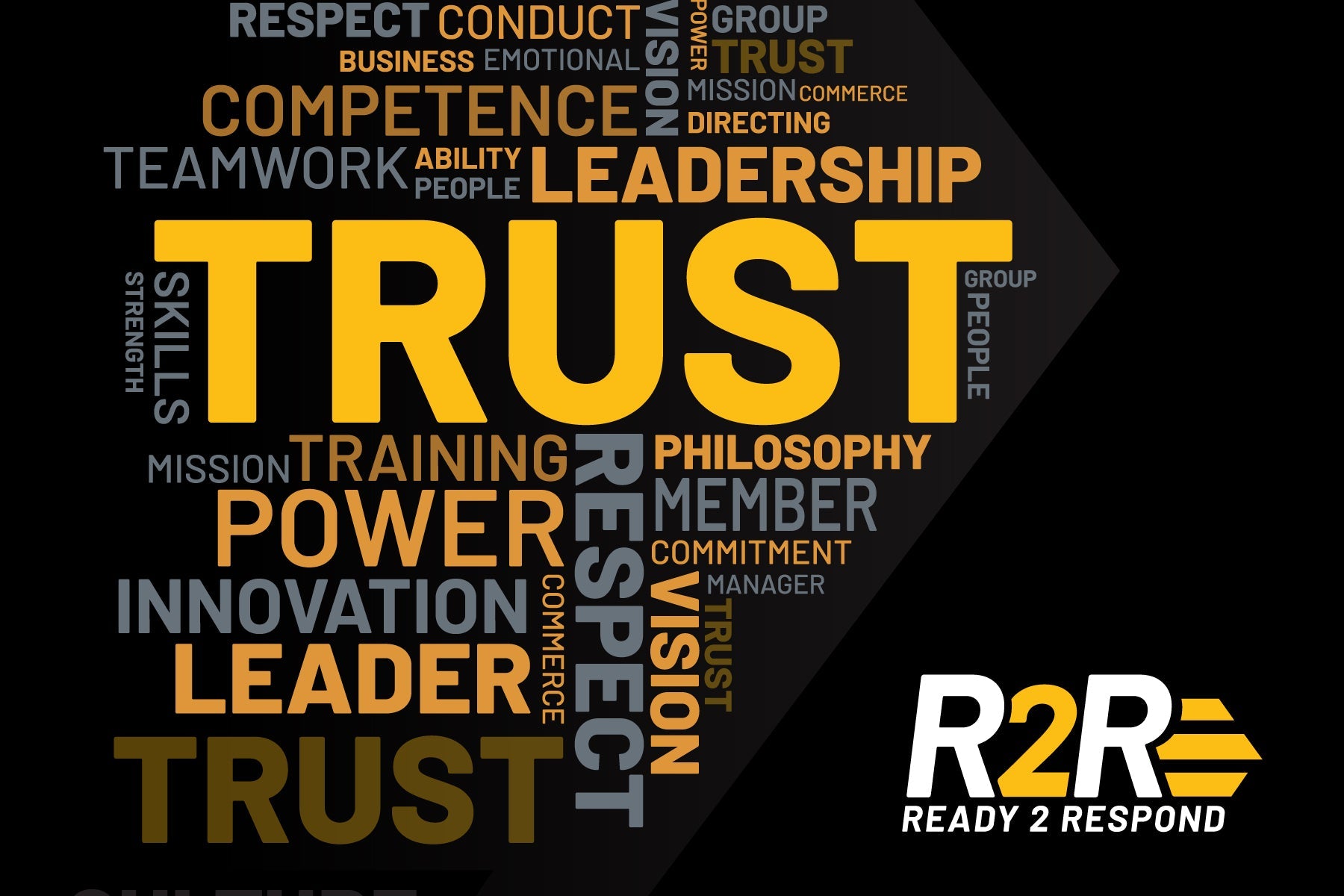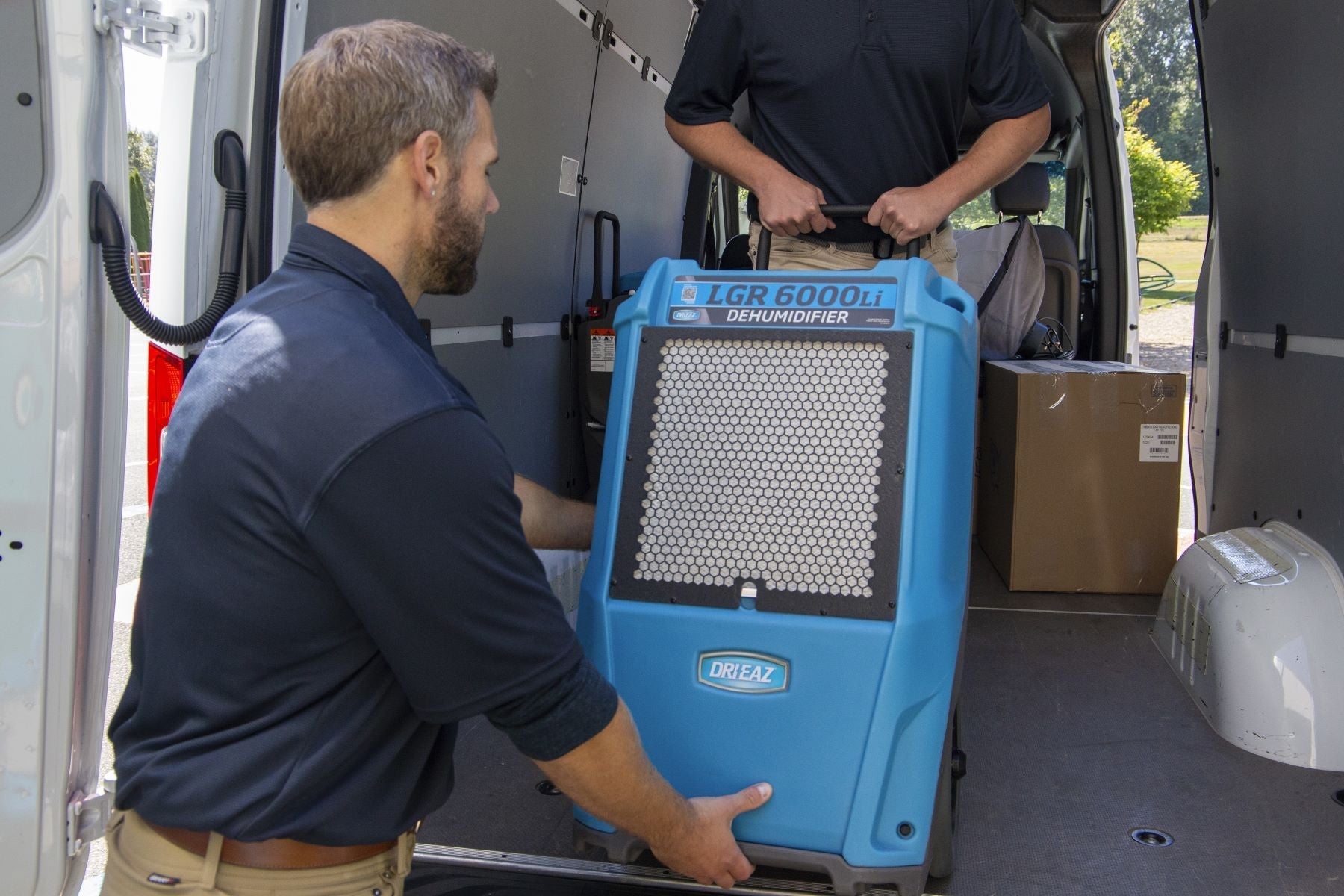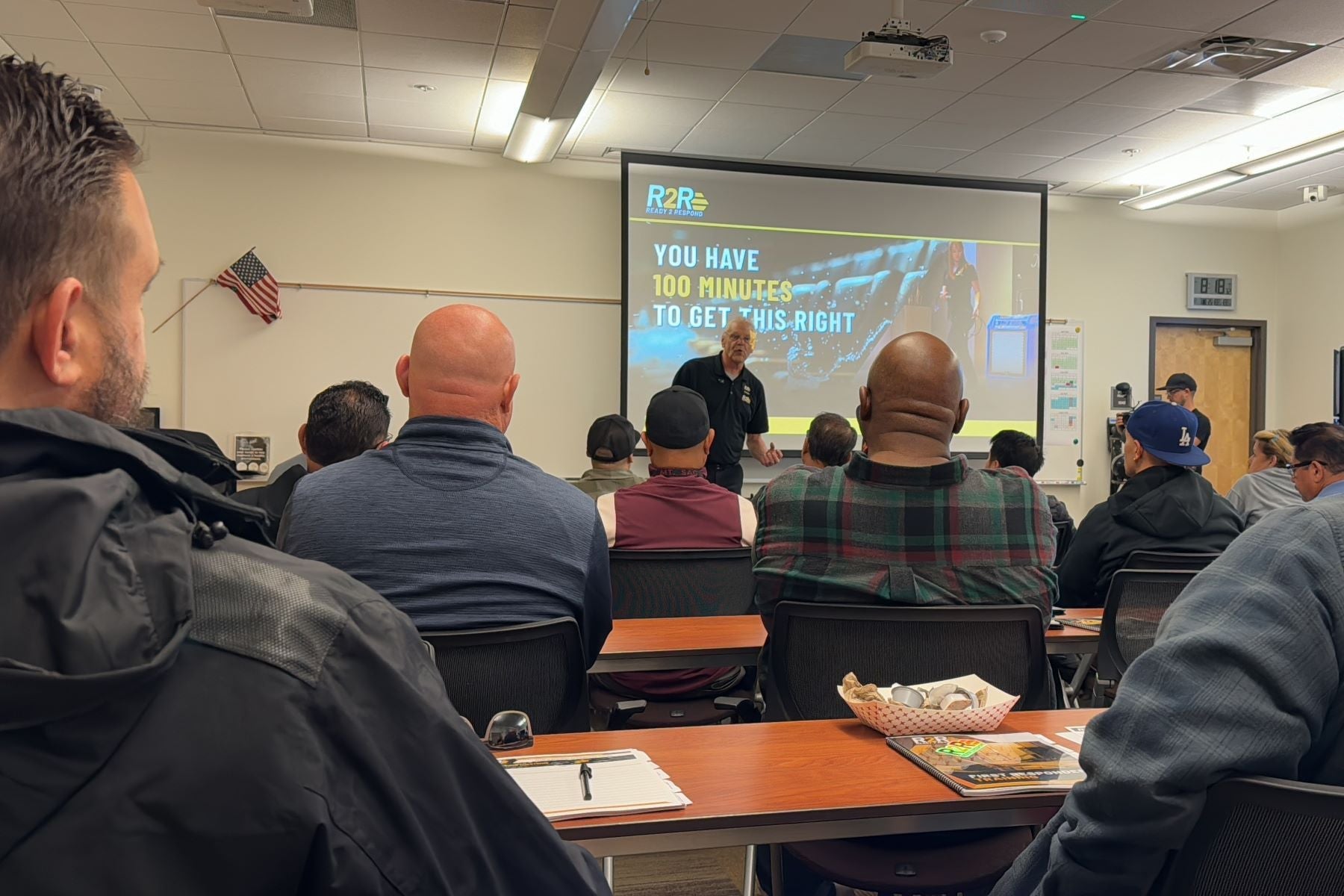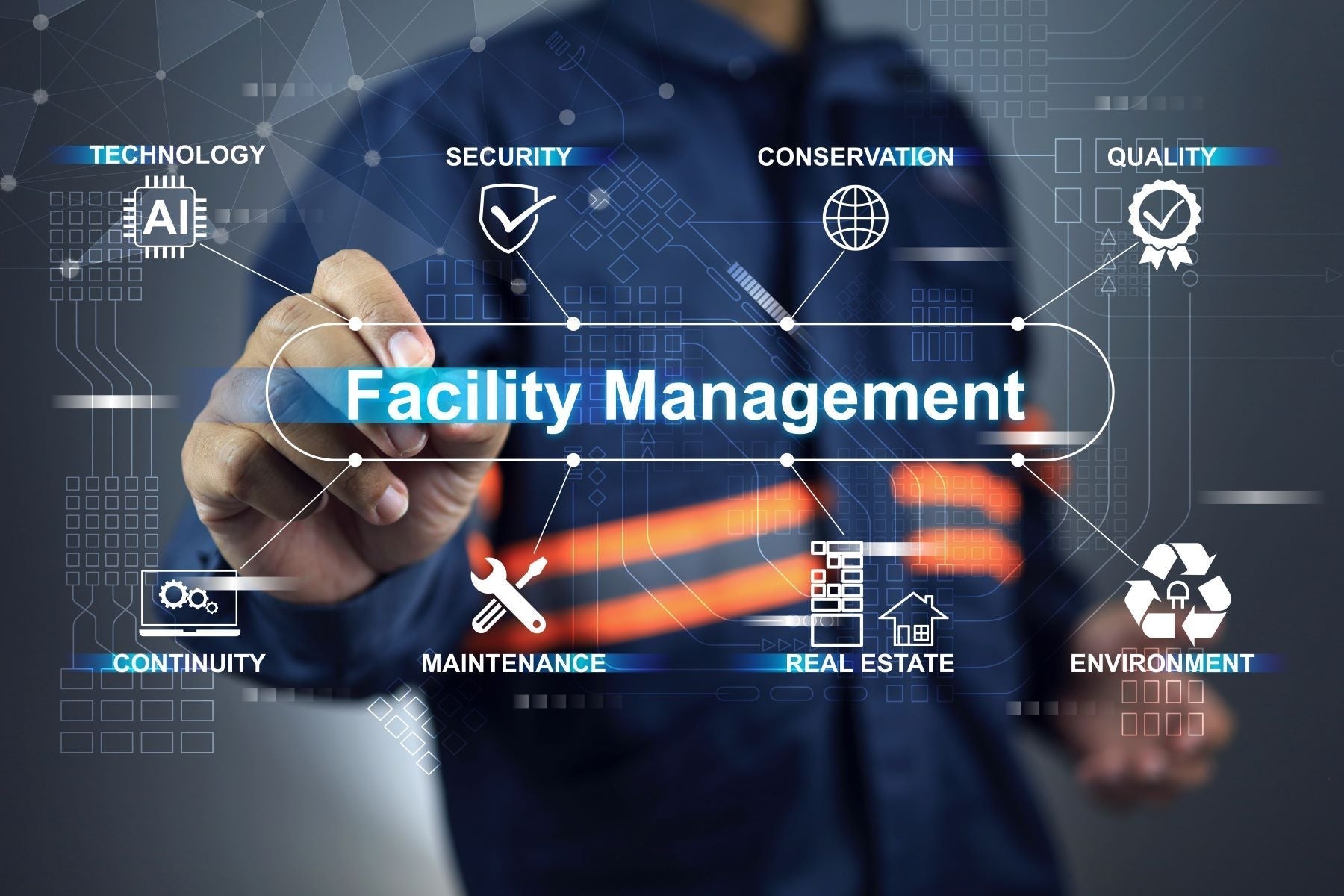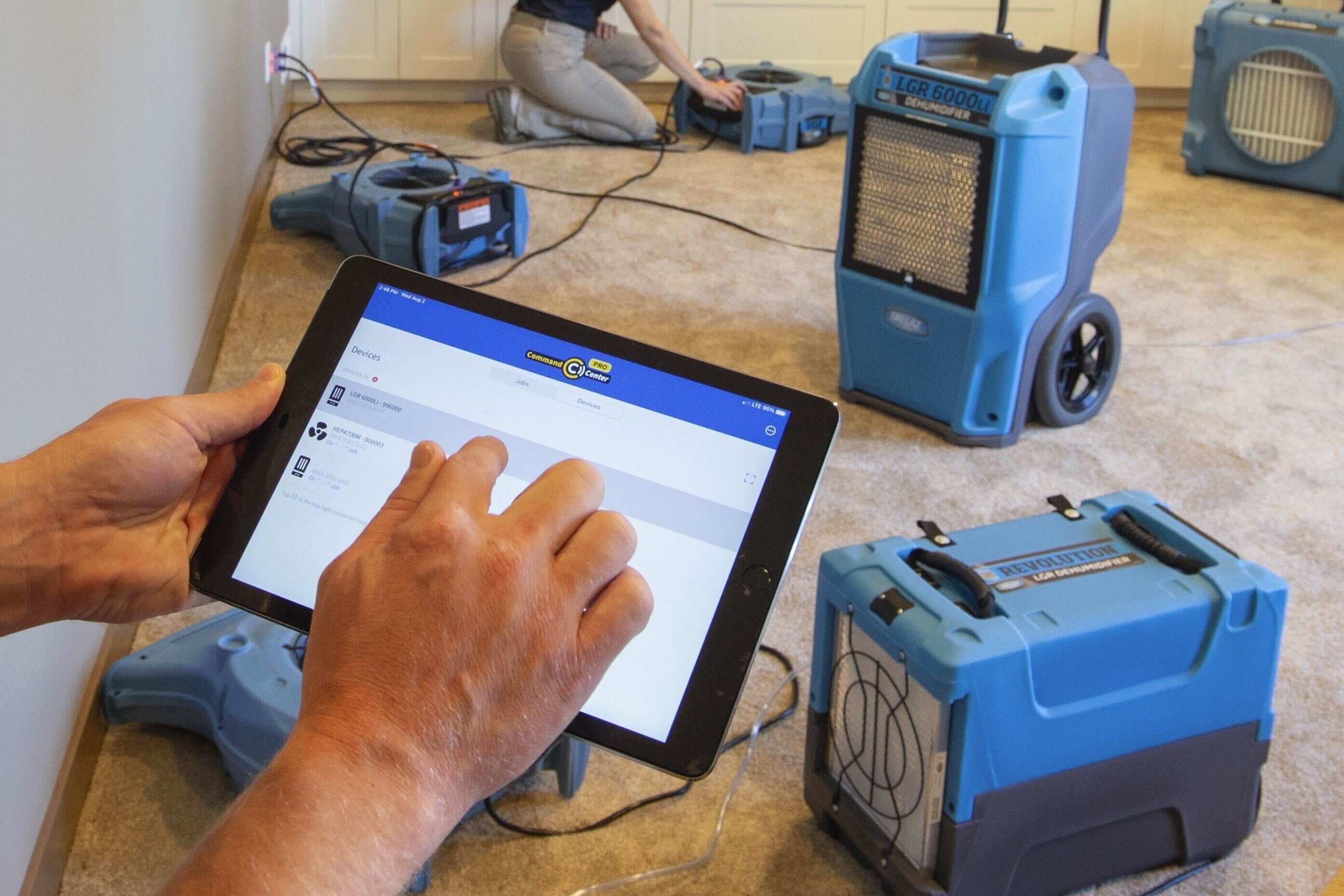Insights
Building a Culture of Trust in Facilities Teams
Trust in facility management is about creating environments where open communication, transparency, reliability, training, and recognition strengthen team morale and improve efficiency.
Lifting Smart: Ergonomic Techniques for Facility Teams
Lifting may seem simple, but getting it wrong can cause serious injuries and costly downtime. Learn how facilities can leverage smart lifting techniques, ergonomic tools, and a proactive safety culture to protect team members, boost efficiency, and prevent workplace injuries.
When Every Second Counts: How to Improve Emergency Communications
Facility managers know that crises—like power outages or pipe bursts—are inevitable. With clear communication and real-time action plans, teams can mitigate damage, reduce downtime, and restore operations efficiently.
5 Crucial Steps for Conducting a Post-Incident Debrief
A structured debrief allows facility teams to pinpoint what worked, uncover weaknesses, and refine protocols to turn every incident into a learning opportunity to improve response times, reduce downtime, and enhance overall confidence and preparedness.
Leadership vs Supervision in Facility Management: Why Both Matter
Understanding the difference between leadership and supervision – and how to develop skills for both – can help facility managers optimize team performance, improve response times, and optimize facility maintenance and overall facility operations.
Ready When It Counts: Tips for Equipment Storage
Ensuring rapid water damage response starts long before an incident happens – it requires strategic planning for both fixed and mobile equipment placement, especially for large facilities spanning multiple acres. Learn how to plan for and place equipment for flooding emergencies.
Three Bonus Benefits of Water Damage Training
Having a team ready to respond to water events in-house immediately benefits your facility with faster response time, reduced damage, and lower repair costs. But there are several often-unexpected benefits that make water damage training a valuable investment for facilities teams.
Ready, Plan, Adapt: Facilities Management’s Expanding Role
Learn about the changing expectations for the facility manager's role - from overseeing smart building systems to managing security risks, plus safeguarding building assets and preventing water damage disruptions to operations and occupants. Through it all, facilities teams must be proactive and strategically address gaps in preparedness.
Wildfire Smoke and IAQ: Air Filtration Strategies for Facilities
Maintaining indoor air quality (IAQ) is always critical for facilities teams. With increasing incidences of wildfire smoke, it's important to learn how best to remove smoke particulate matter and smoke odors to prevent health risks for occupants and workers.
Frequent Water Damages: The Hidden Costs to Your Facility
Optimizing Dehumidifier Placement for the Best Results
Team Training: Essential Skills for Water Damage Response
The true key to successful water damage response lies in cultivating a skilled, knowledgeable team that knows how to operate equipment and how to assess damage, prioritize safety, and communicate effectively under pressure. Learn the core skills facilities teams need for faster water event recovery.

